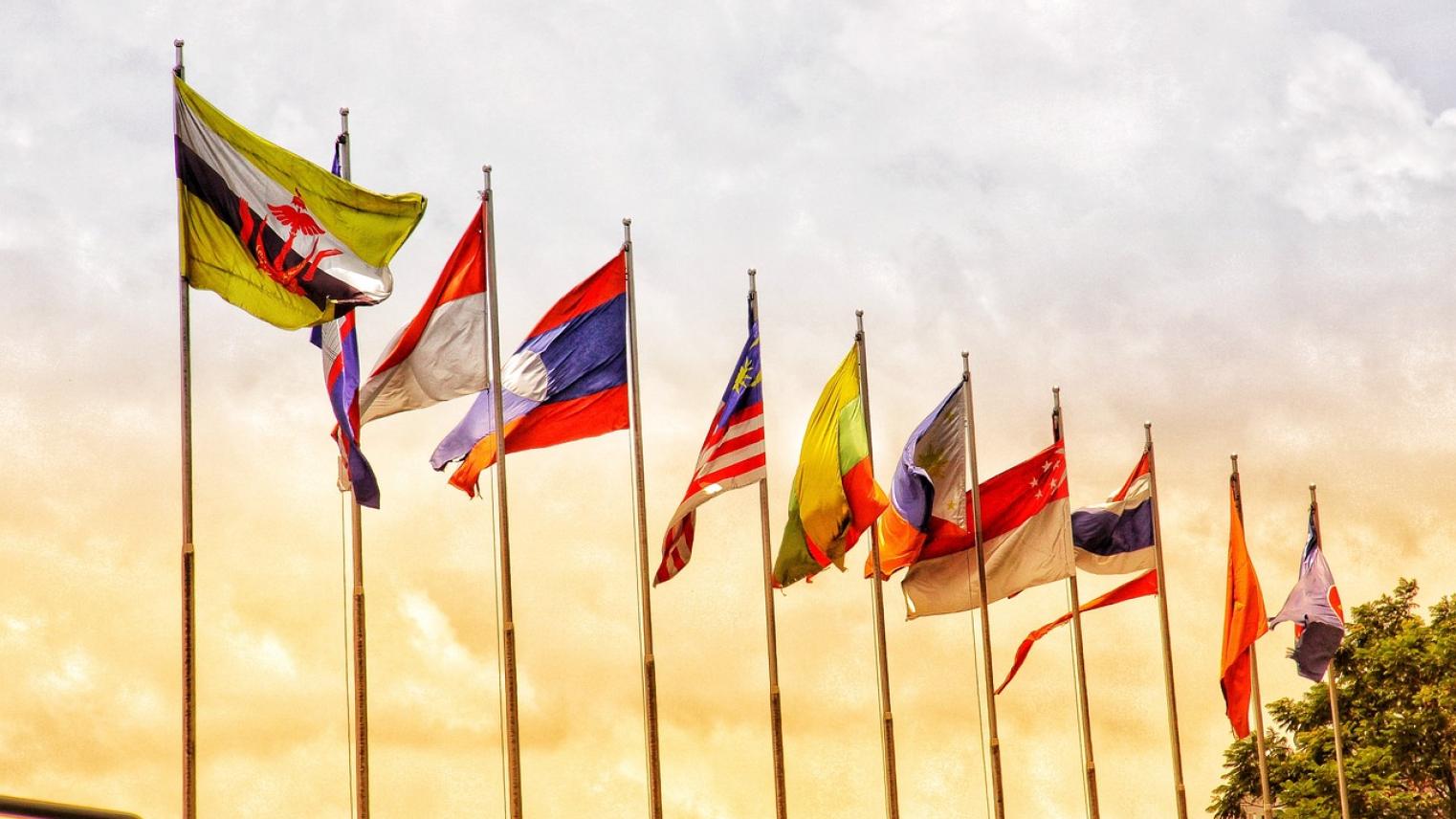The ASEAN-Quad partnership in undersea cables: building inclusion, sustainability, and regional connectivity

ASEAN flags. Image: Pixabay
On
This paper talks about how the Quad could collaborate with ASEAN on undersea or terrestrial cables – a key aspect of the region’s thriving digital economy.
Key points
- Viewed with scepticism, the Quad can gain more trust and confidence from ASEAN by streamlining its Critical and Emerging Technologies (CETs) agenda to support ASEAN’s Digital Masterplan 2025 and the broader regional and digital connectivity efforts.
- Through the Quad Partnership for Cable Connectivity and Resilience, the Quad should collaborate with ASEAN on undersea or terrestrial cables, which are vital to the region’s thriving digital economy.
- A track 1.5 ASEAN-Quad Working Group on undersea cables would advance the Quad’s legitimacy as a digital public goods provider in Southeast Asia, and the Indo-Pacific.
Policy recommendations
- Establish an ASEAN-Quad cyber-maritime working group on undersea cables to explore confidence-building measures and address enforcement gaps in international law relating to undersea cables.
- Organise the ASEAN-Quad Infrastructure, Connectivity, and Investment Forum dedicated to undersea cables to enhance cooperation between governments, the private sector, and civil society on tenders, technical advice, industry outreach, capacity-building, and policy research.
- Reduce the environmental damage caused by undersea cables by encouraging technical design and route selection guided by environmental impact assessments and strategic planning.
About the series
This paper has been written for the Quad Tech Network Dialogue, as part of the Quad Tech Network (QTN) initiative. QTN is an initiative of the NSC, delivered with support from the Australian Government. It aims to establish and deepen academic and official networks linking the Quad nations – Australia, India, Japan, and the United States – in relation to the most pressing technology issues affecting the future security and prosperity of the Indo-Pacific.


